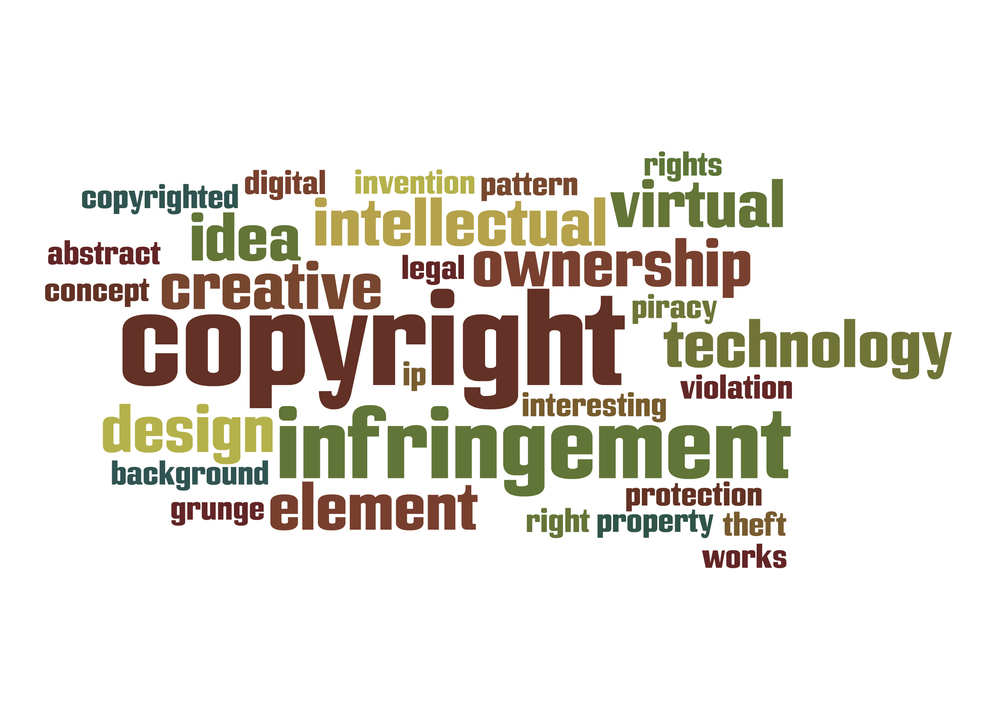Copyrights protect a wide variety of expressions of an idea including:
– Books and literary works
– Written and recorded music
– Works of art
– Photographs and images
– Plays
Intellectual property is protected by laws specific to the expression of an idea. Copyright is the law specific to the expression of ideas in visual or audio form. Unlike a trademark that indicates a specific item or design is protected, copyright covers a different expression of thought.
The term copyright contains within it the meaning of the term: the right to the copy. Copy is anything written, photographed, drawn, painted, or otherwise produced as an audible, written, or visual piece of intellectual property.
How does copyright protect your design work?
Copyright will protect your work from being copied, as well as copies being distributed, whether that’s free of charge or for sale. Work being put on the internet or the work being adapted. Stop from being performed, shown or played in public, as well as being rented or lendered copies.
When it comes to time periods, most written types of work have copyright that lasts a minimum of life, plus 50 years and photography work has at least 25 years.
Who owns the copyright on a piece of design work?
Normally the individual or collective who owns the work and is referred to as the ‘first owner of copyright’ under the 1988 Copyright, Designs and Patents Act.
However, if work is produced by a member of a company, the first owner will normally be the company.
Freelance or commissioned work will usually belong to the author of the work, unless there is an agreement to the contrary. Just like any other asset, copyright may be transferred or sold by the copyright owner to another party.
Rights cannot be claimed for any part of a work which is a copy taken from a previous work.
For example, If a piece of music contains samples from a previous piece, the copyright sample would still belong to the original author, which means only the owner or exclusive licensee can bring proceedings in the court.
When copyright occurs
Copyright occurs when a business or individual creates a work regarded as original, and must exhibit a degree of production, skill and judgement. Interpretation is related to independent creation rather than the idea behind the creation of the work. For example, your idea for a book would not itself be protected, but the content inside the book would be.
When it comes to a name, titiles, short phrases or colours, these are not generally considered substantial enough to be covered by copyright, but a logo would be. This being because of the combination of elements in the work.
Sell or transfer your copyright
In order to sell or transfer your copyright you will need to write or sign a document to show a sale or transfer has taken place. Copyright can also be transferred by inheritance and will be valid as long as the work remains in copyright.
Moral rights
You can also keep or waive your ‘moral rights’, which include the right to;
– Be identified as the owner of the work.
– Have a say in how the work is presented, for example, if you think it’s ‘derogatory’ or damaging to you or your reputation.
– Object to changes made to your work.
The copyright law and copyright organisation became a concept of common law; the Statute of Anne 1709.
The copyright law became statutory with its passing in 1911.
It is currently known as the Copyright, Design and Patents Act 1988.
You get copyright protection automatically when you create, you don’t have to apply or pay any fee.









